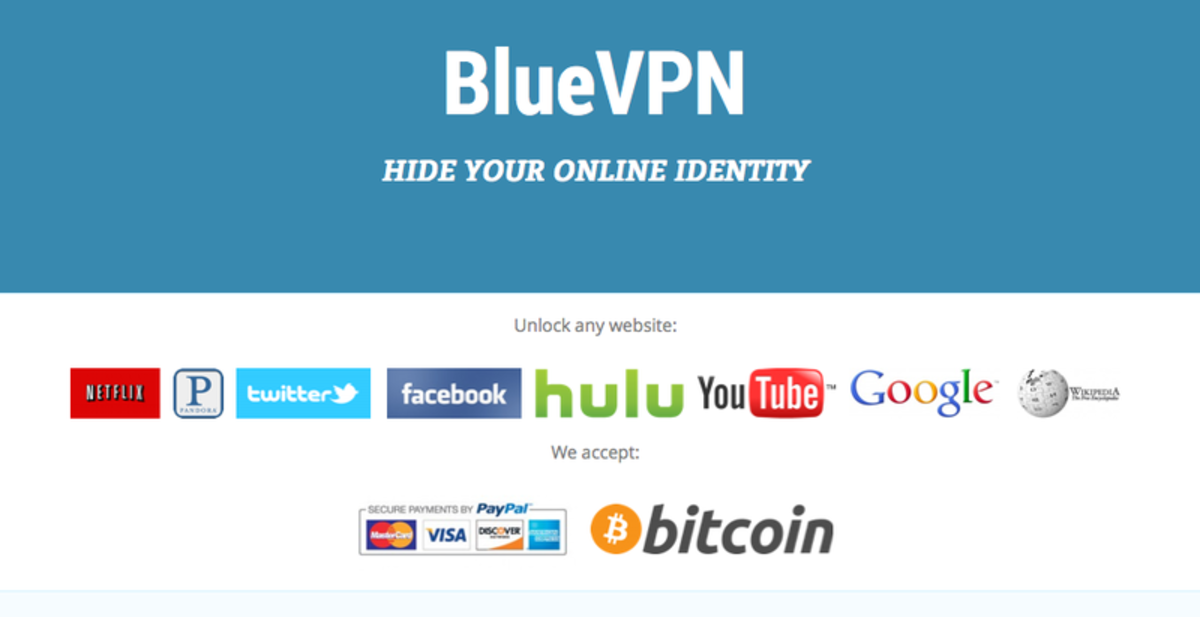
Victims of the largest scam in Bitcoin’s brief history can find solace today as the Securities and Exchange Commission alleged fraud charges against Trendon T. Shavers of McKinney, TX for operating BTCST (Bitcoin Savings and Trust), a Ponzi scheme advertised as a financial security involving over 700,000 BTC of investors’ money.
Using the moniker pirateat40 and boasting the associative image of a peg-legged, eye-patched buccaneer in his personal profile, Shavers marketed his pyramid scheme over a nine-month period to over 100,000 Bitcoin users registered on a popular online forum while promising compounded returns at a rate of up to 7 per week. While most investors assumed that their funds were being used for arbitrage trading and other legitimate business as Shavers was claiming they were, it is purported that Shavers cycled the money, passing bitcoins from new to old investors to give the illusion of legitimate returns. The SEC also alleges that Shavers successfully withdrew over $147,000 to a variety of privately-owned accounts to help pay for his personal and gambling expenses. The SEC is pursuing a court order to seize Shavers’ assets and claim additional relief.
While it is uncertain when, or if, investors will ever recoup their losses, the charges against Shavers may give U.S-based Bitcoin users something to smile about. While Bitcoin transactions have been frequently mischaracterized by various media sources as anonymous and potentially dangerous in consequence, the SEC’s charges and concrete knowledge of Shavers’ activities indicate the ability to analyze and track the movement of ‘tainted’ bitcoins through Bitcoin’s global ledger, the Blockchain. This indication is important as it provides evidence for a counterargument to speculation that Bitcoin both enables and catalyzes criminal activity including money laundering and the sale of illegal goods and services due to an assumed impossibility of nabbing the crooks.
How strong this evidence is has yet to be seen. While Bitcoin transactions are capable of being traced, the identities of the sender and receiver can only be linked to a specific transaction if there is public knowledge of account ownership outside of the Blockchain. Unless a person goes to significant lengths to mask his identity, there will always be at least one other person (i.e. the person[s] with whom he exchanges) that knows he controls a given bitcoin address.
Shavers never kept his identity a secret. Information ranging from current and former places of residency to his personal Facebook profile was exposed by the same online community he advertised to as concerns over the legitimacy of his operation spread. In July 2012, Shavers even extended an invitation to investors for a Las Vegas meetup, claiming that it was an opportunity to “look at a pirate, eye to eye if you dare.” Soon after, a photo of Shavers sitting around a dinner table with nearly a dozen other attendees surfaced on the Internet, his appearance consistent with other photos of himself found on a variety of social media websites.
In short, Shavers made it too easy to be caught. But for investors hoping to see even a fraction of their losses returned, the charges against Shavers may do little to ease their concerns. While having knowledge of bitcoin accounts specifically managed by Shavers throughout his operation can allow investigators to follow his trail of fraudulent activity, it is a much more difficult task to tally and prove the sum of bitcoins lost by each investor. Analyzing the Blockchain can be extremely time consuming, and though it is unknown how thorough the SEC has been during its investigation, it is extremely unlikely that the agency operates with enough resources to trace each bitcoin linked to the crime back to its original owner. And for Bitcoin users in other parts of the world where there has been a lack of legal clarification and/or regulation, the likelihood of recovering stolen or extorted bitcoins is slim without a committed investigative agency assigned to the task.
Nonetheless, while investigators may not be able to prove the identities of all BTCST investors or the exact sum of funds lost by each, more than enough information should be available to prove Shavers’ involvement in shady business practices. The SEC’s charges constitute proof to dispel any myths about Bitcoin’s anonymity. Bitcoin isn’t anonymous, it’s pseudonymous, and Bitcoin users can now point to a real world example to highlight this important distinction.










